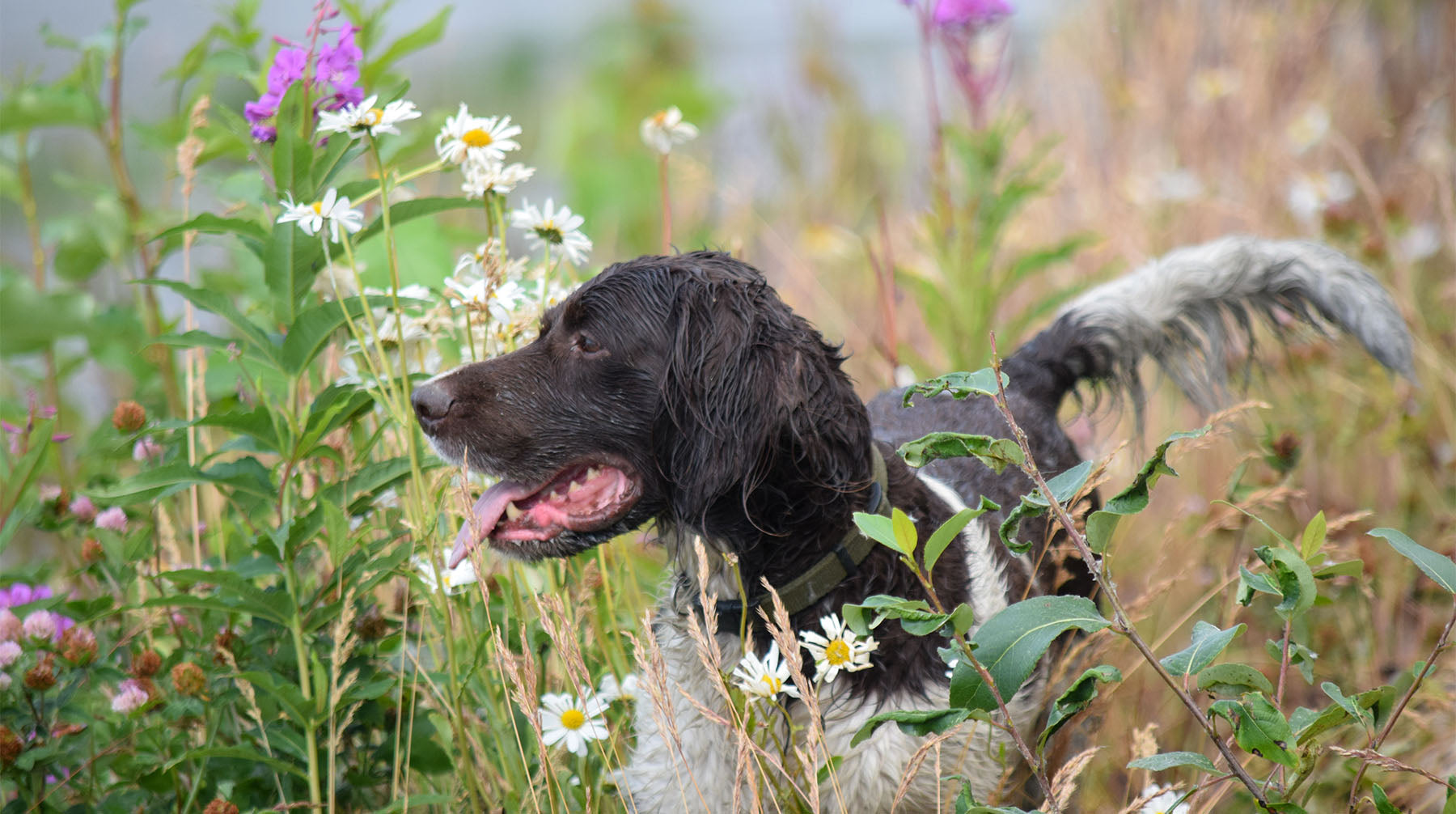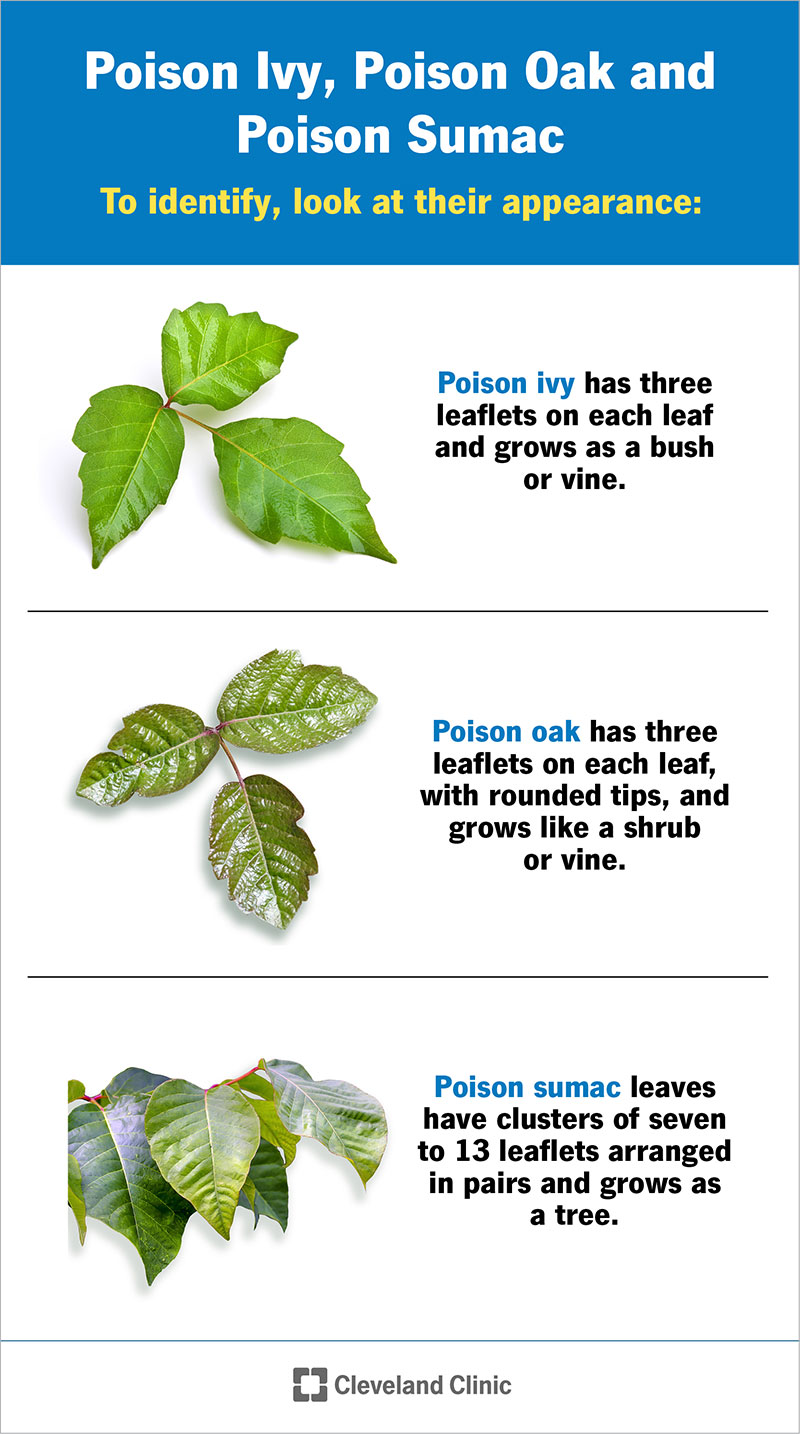

· By Lisa Templeton
Does my Dog Have Poison Ivy?
Hey there, pet parents! Let's talk about something you might not have seen coming - dogs and poison ivy. You might be scratching your head right now, thinking, "Wait a second, dogs can get poison ivy?" The short answer is yes, they absolutely can. While it's not as common as in humans, our furry companions can indeed have an unpleasant encounter with this pesky plant. In this article, we'll dive into all you need to know about dogs and poison ivy - how to prevent exposure, identify the plant, spot the signs of contact, provide proper treatment, and when to rush to the vet. Plus, we'll tell you about other plants to watch out for. So, let's get started, shall we?
Preventing Poison Ivy Exposure
As a devoted dog owner, you can take several steps to protect your canine companion from the discomfort that comes with exposure to poison ivy. The preventative strategies essentially revolve around awareness and control. Start by educating yourself about what poison ivy looks like, so you can steer your dog away during your outdoor escapades. Likewise, supervising your dog's outdoor activities and keeping him on a leash, especially when walking in unfamiliar areas, will help reduce his chance of encountering this troublesome plant. And let's not forget your own backyard! Routinely inspect it for the presence of poison ivy and remove it safely if found. While at it, don't forget to don protective clothing, particularly gloves, to prevent direct contact. Adopting these measures can help you significantly reduce your pet's risk of getting into a scratchy situation with poison ivy.
How to Spot Poison Ivy
Alright, let's begin with identifying poison ivy, because knowing how to spot it is the first step in keeping your furry friend safe. This notorious plant has a distinctive appearance which you need to keep an eye out for. It usually grows as a vine or shrub, and is most notorious for its leaves, which are clustered in groups of three.

These leaves may be shiny or dull, and can change colors with the changing seasons, usually green in the spring and summer, and turning to lovely hues of red, orange or yellow in autumn. Be alert to the fact that a touch of frost may cause these leaves to darken or even appear black. Despite their beauty, these are not leaves you want your canine pal cavorting in!
Signs Your Dog has Poison Ivy
When it comes to your canine companion, preventative measures are always the best. However, despite our best efforts, your dog may still brush up against some poison ivy. So, how do you tell if your dog's been exposed? One telltale hint is that your dog starts to obsessively scratch and scratch. They might also start biting or licking their skin, a sign they're trying to soothe the irritated area. Another clear signal is red, inflamed skin often characterized by small bumps or blisters. Your pet may also seem unusually uncomfortable or restless. If you're noticing any of these signs, it's likely your furry friend has had a run-in with poison ivy.
How to Treat a Dog for Poison Ivy
Providing complete relief may take some time, but there are some steps you should take immediately after your dog has a brush with this poisonous bush. First, get yourself some gloves and put on long sleeves and pants. This will prevent the plant's oils from being transferred.
Next, draw an oatmeal bath and clean with gentle oatmeal soap. Remove as much of the oils as you can by lathering, rinsing and repeating at least three times or more if your dog has long hair or a super thick coat.
Once they’re out of the bath, move to immediately towel try your dog and try to prevent them from shaking excess water off their fur. Immediately wash the towel you used and the clothes you wore. The oily toxin can be easily spread to and from clothing or shoes and spread from their fur to other pets.
Depending on the severity of the rash, your veterinarian may prescribe a topical cream, oral supplement or steroid. Antibiotics can be used to ward off possible bacterial infections at blister sites.
Whatever you do, steer clear of calamine lotion as the zinc oxide is highly toxic your pet’s internal systems. However, some over the counter medication like Benadryl is safe for dogs.
Other Plants to Watch Out for: Poison Oak and Poison Sumac
While poison ivy is undeniably worrisome, two more culprits in the plant world that you need to guard your pet against are poison oak and poison sumac. Similar to poison ivy, your dog's adventurous spirit might lead them to encounter these plants during a walk or playtime in the great outdoors. As for spotting them, poison oak generally displays clusters of three leaflets, and its leaves take on a shape that's somewhat similar to an oak leaf - thus its name. The leaves often adopt a shiny, deep green hue during summer, turning to shades of bright red in autumn. Poison sumac, on the other hand, lurks in wet, swampy areas more often than not. It possesses more leaflets - ranging from 7 to 13 - and they're lined up in pairs along the stem with a single leaflet at the end.
When to Seek Veterinary Care for Poison Ivy Exposure
Now, you may be wondering, "When should I really take my dog to the vet after exposure to a poison plant?" Well, folks, it's pretty straightforward. If you've spotted some severe symptoms like intense scratching, sores, or difficulty in breathing, it's time for a vet visit, pronto! Persistent symptoms could mean a severe reaction to poison ivy, oak, or sumac. But don't fret! Your pet's vet can diagnose the issue and provide the appropriate treatment that will definitely help your furry companion bounce back to their energetic self. Remember, it never hurts to err on the side of caution. So, if you're uncertain, seek professional help.
Final Thoughts
As hard is can be for a human to spot poison ivy, dogs have zero defense when it comes to avoiding this vicious vine. Remaining vigilant and proactive will help your pup stay out of the (poisonous) woods. If for some reason they do have a run in with poison ivy, you’ll know what to do to bring them some relief.

